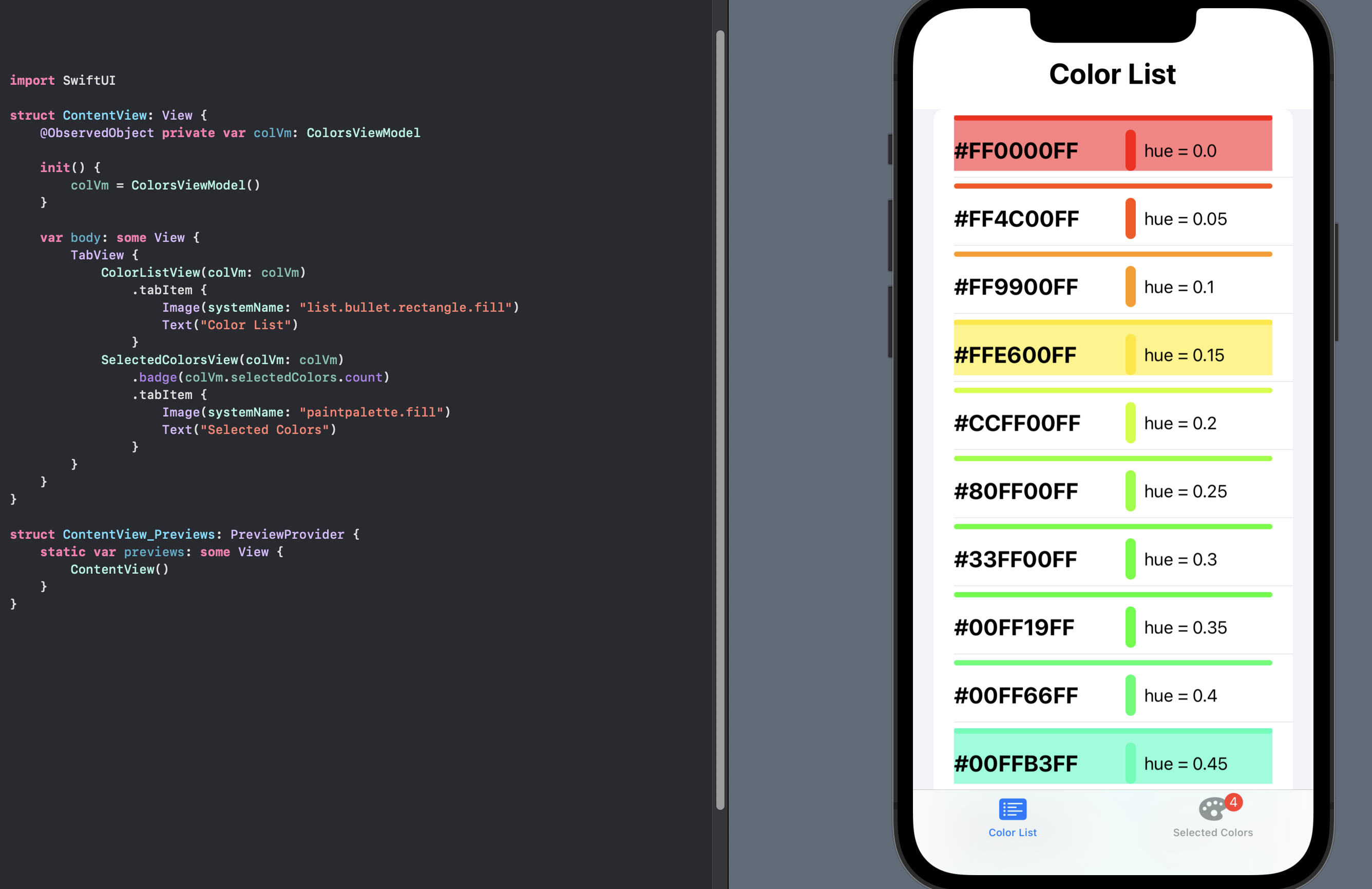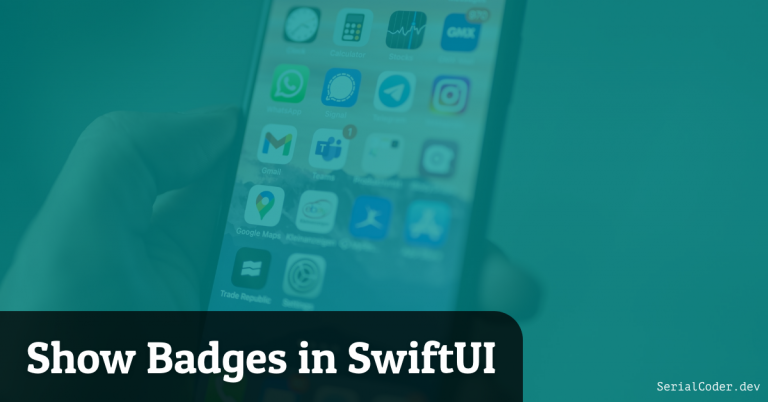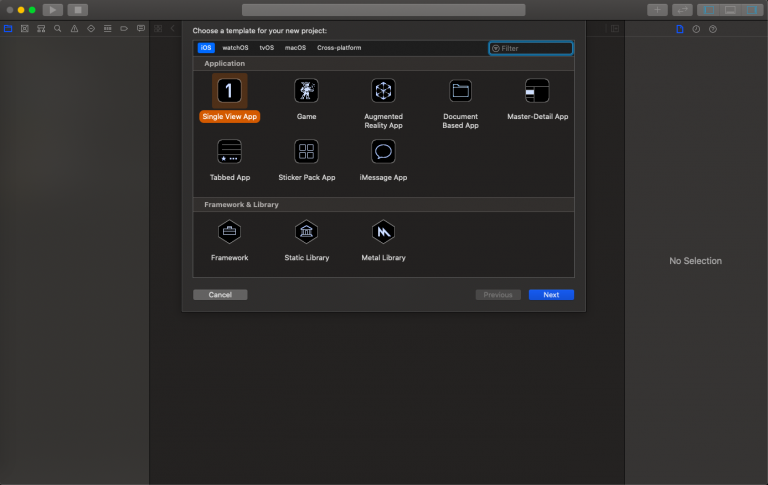

But you may use the appearance API of UIKit like below Yet the SwiftUI framework doesn't have a built-in modifier for changing the tab bar's background color. However, if you are targeting on iOS 15 and above, then use the tint(_:) view modifier instead accentColor modifier to TabView like this You can change its color by attaching the. always)īy default, the color of the tab bar item is set to blue. .indexViewStyle(PageIndexViewStyle(backgroundDisplayMode. tabViewStyle() modifier to the TabView and pass the PageTabViewStyle() as follows:
#Swiftui tabview badge how to
You can allow swiping through multiple screens using paging dots. Step-by-step instructions for how to apply the badge(:) modifier to TabView and dynamically drive your tab item content.

tabViewStyle () modifier to your TabView, passing in. To activate the page view style, attach the. In iOS 14, SwiftUI's TabView can action as a UIPageViewController. SwiftUI’s TabView doubles up as the equivalent to a UIPageViewController, letting us swipe through multiple screens of content, with paging dots at the bottom to show users where they are. On iOS, you can also use one of the badge modifiers, like badge (), to assign a badge to. From the badge with the unread emails, to the notification badges in third party applications, or to badges next to settings in the Settings app. The following example creates a tab view with. Text("Item 1"): this is the view that will be displayed when tapping on this tab item. Create a SwiftUI view file for each tab view of the tab bar. On iOS, you can also use one of the badge modifiers, like badge (:), to assign a badge to each of the tabs.Styling the text view has no effect when the badge appears in a TabView. The ForEach view in SwiftUI is very useful to iterate over an array. Generates a badge for the view from a text view. Text("Item 2").font(.system(size: 30, weight. To hide a badge that initializes with an integer, you set the value to zero to hide.

Text("Item 1").font(.system(size: 30, weight.
#Swiftui tabview badge code
The following code will display an app with two tabs It allows the user to navigate between different child views either by selecting tab items located in a tab bar or, when using the page view tab style, by making swiping motions. This week we will learn how to use the badge view modifier and customize the look and feel of badges. SwiftUI Release 3 provides you with the badge view modifier that we can use to generate badges in lists and tabs. Discussion Use tabItem (:) to configure a view as a tab bar item in a TabView.

#Swiftui tabview badge mac
iOS 13.0+ iPadOS 13.0+ macOS 10.15+ Mac Catalyst 13.0+ tvOS 13.0+ watchOS 7.0+ Declaration func tabItemIt provides an easy and intuitive way to present multiple views to the user and allow them to easily navigate between each of those views. One of the many things included in SwiftUI Release 3 was the ability to display badges. Sets the tab bar item associated with this view. SwiftUI's TabView is a container view and consist of a range of child views and is similar to UIKit's UITabBarController. A tab bar appears at the bottom of an app screen and let users quickly switch between different functions of an app. SwiftUI uses TabView to implement a flat hierarchy. SwiftUI navigation forms two styles: flat and hierarchical.


 0 kommentar(er)
0 kommentar(er)
